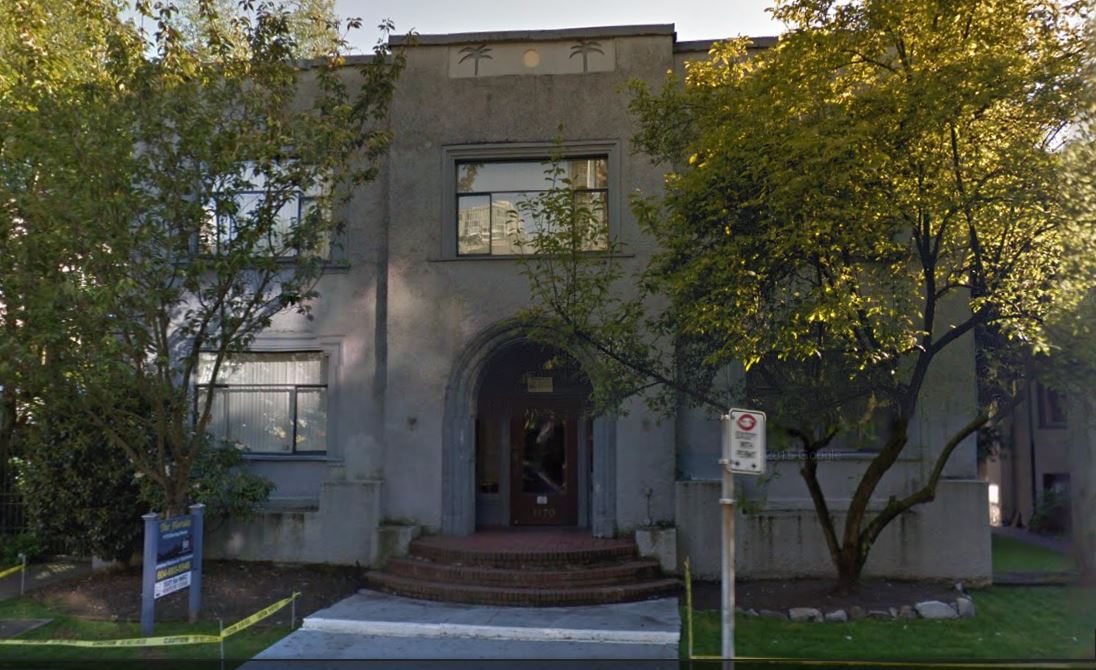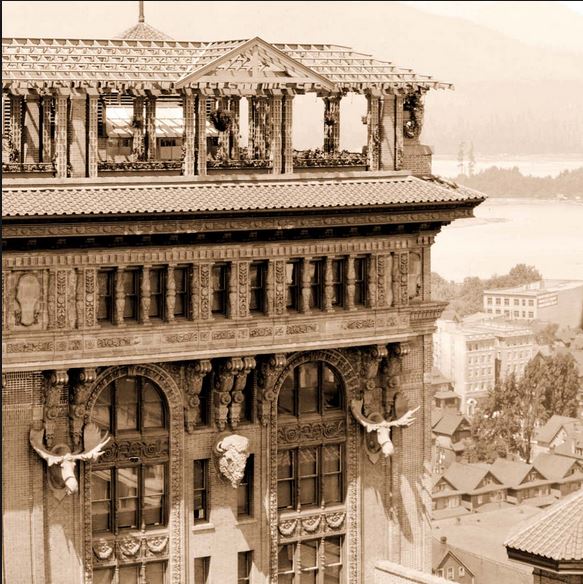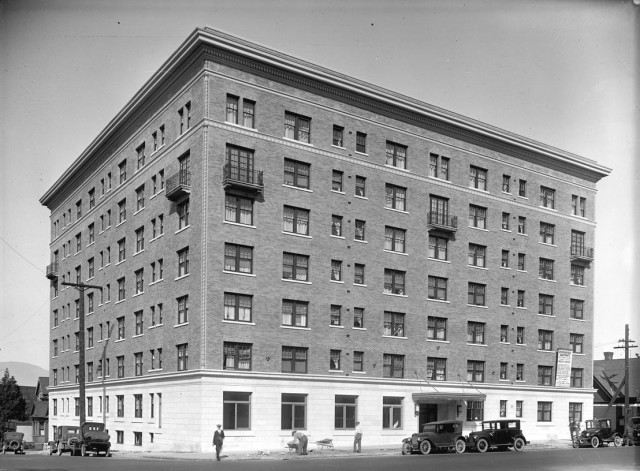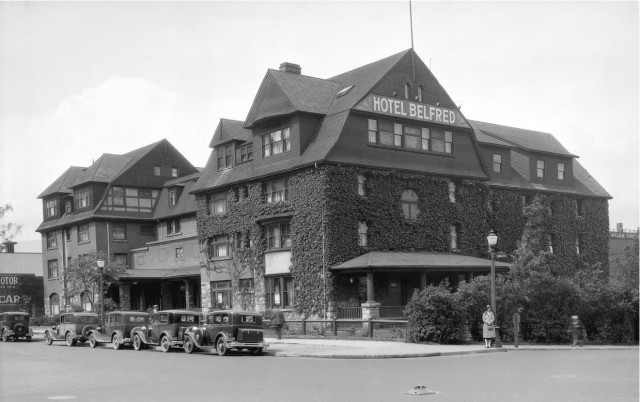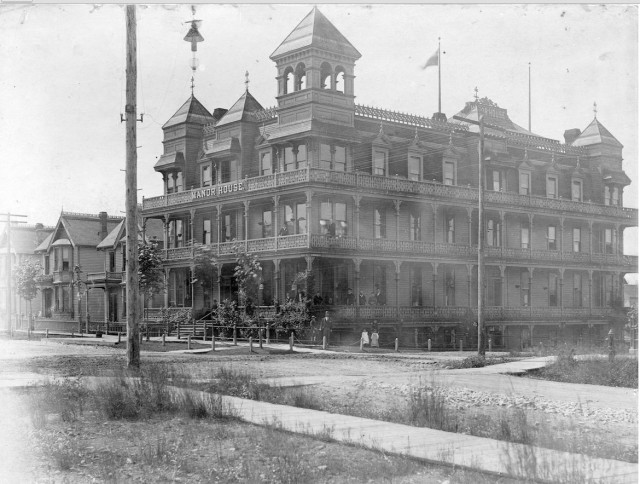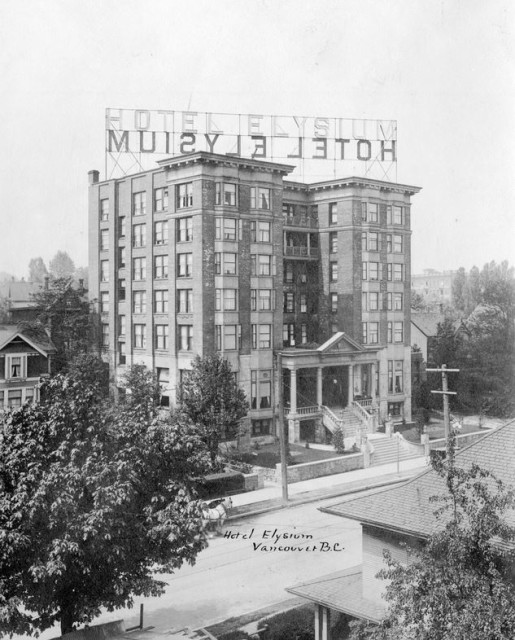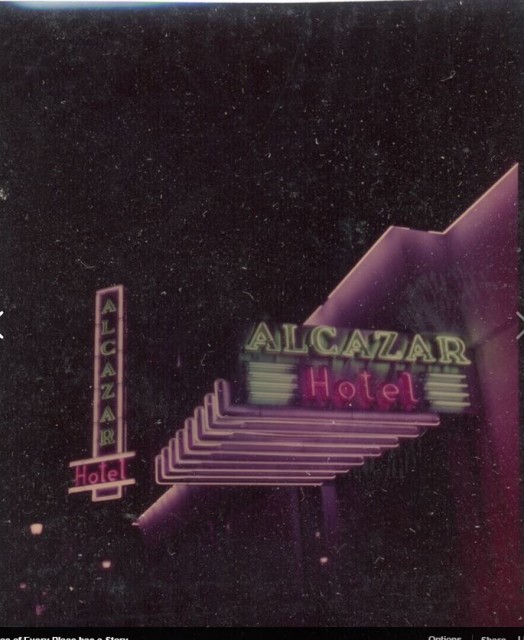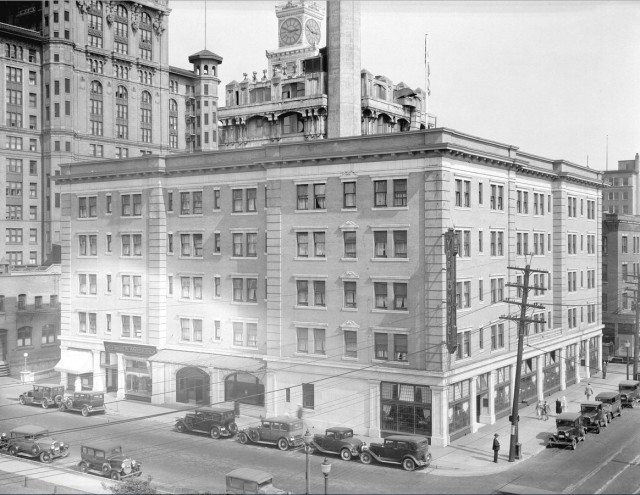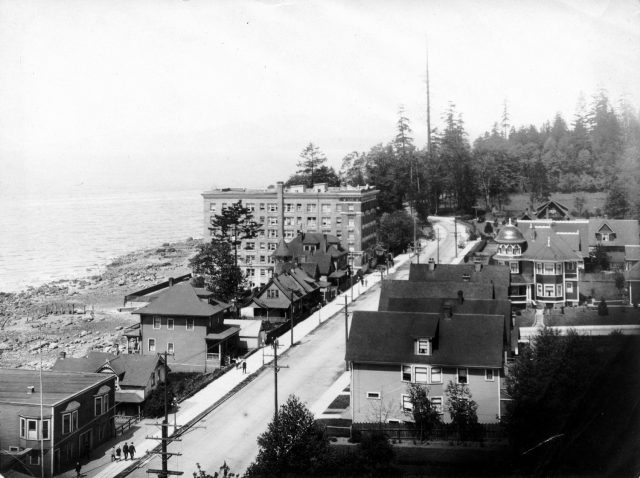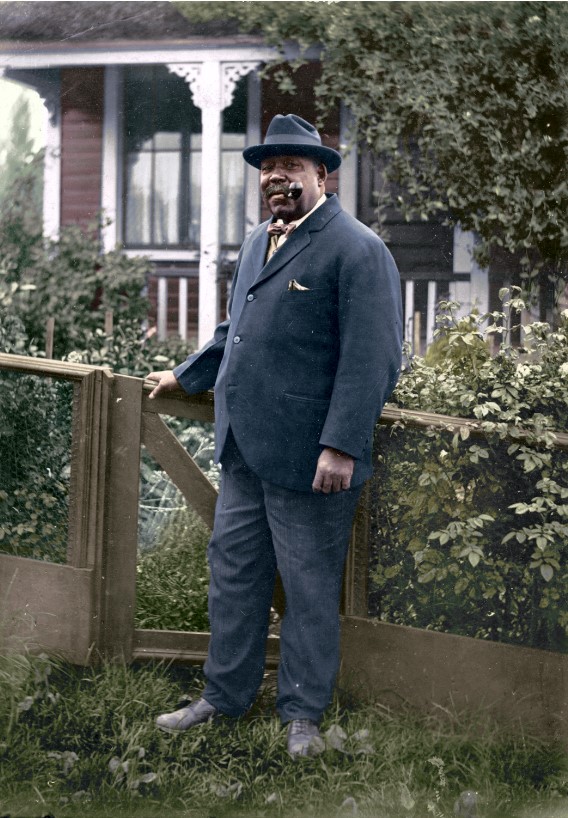One of my favourite parts about writing this blog is getting comments from people that add to the story, and often take it in a whole new and unexpected direction. I get really excited when someone sends me a 100-year-old postcard or a photo of Vancouver that’s never been seen outside the family album.
Maria Brunskog saw my story on the Wigwam Inn at Indian Arm and sent me this postcard.
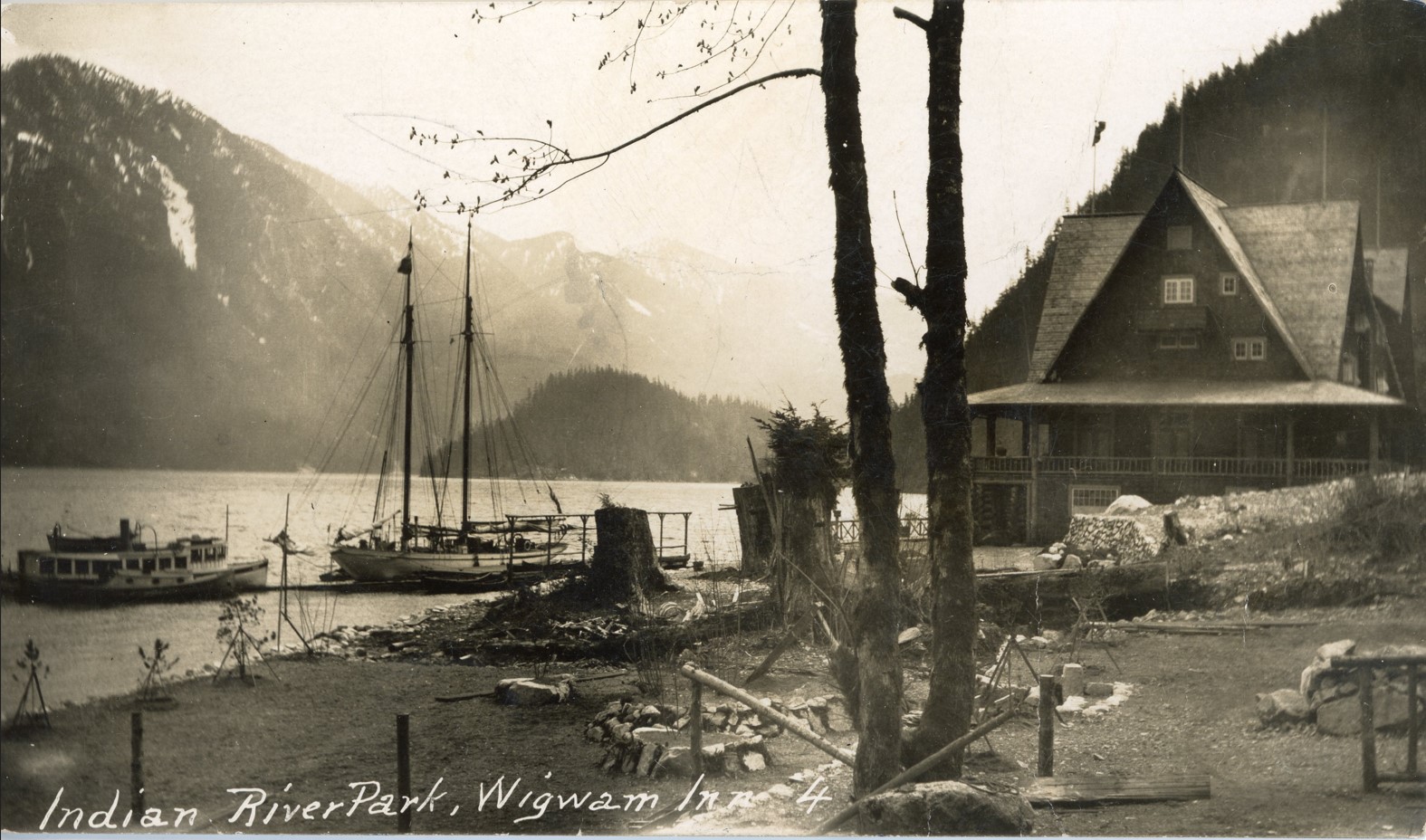
“The Wigwam Inn also relates to one of my ancestors who visited and worked as a forest manager in Canada between 1903 and the 1920s. He and his wife and daughter sent a postcard from the Inn to one of his sisters in Sweden dated December 1, 1911,” she writes. “I just wanted to share this information with you since you contributed to my family history.”
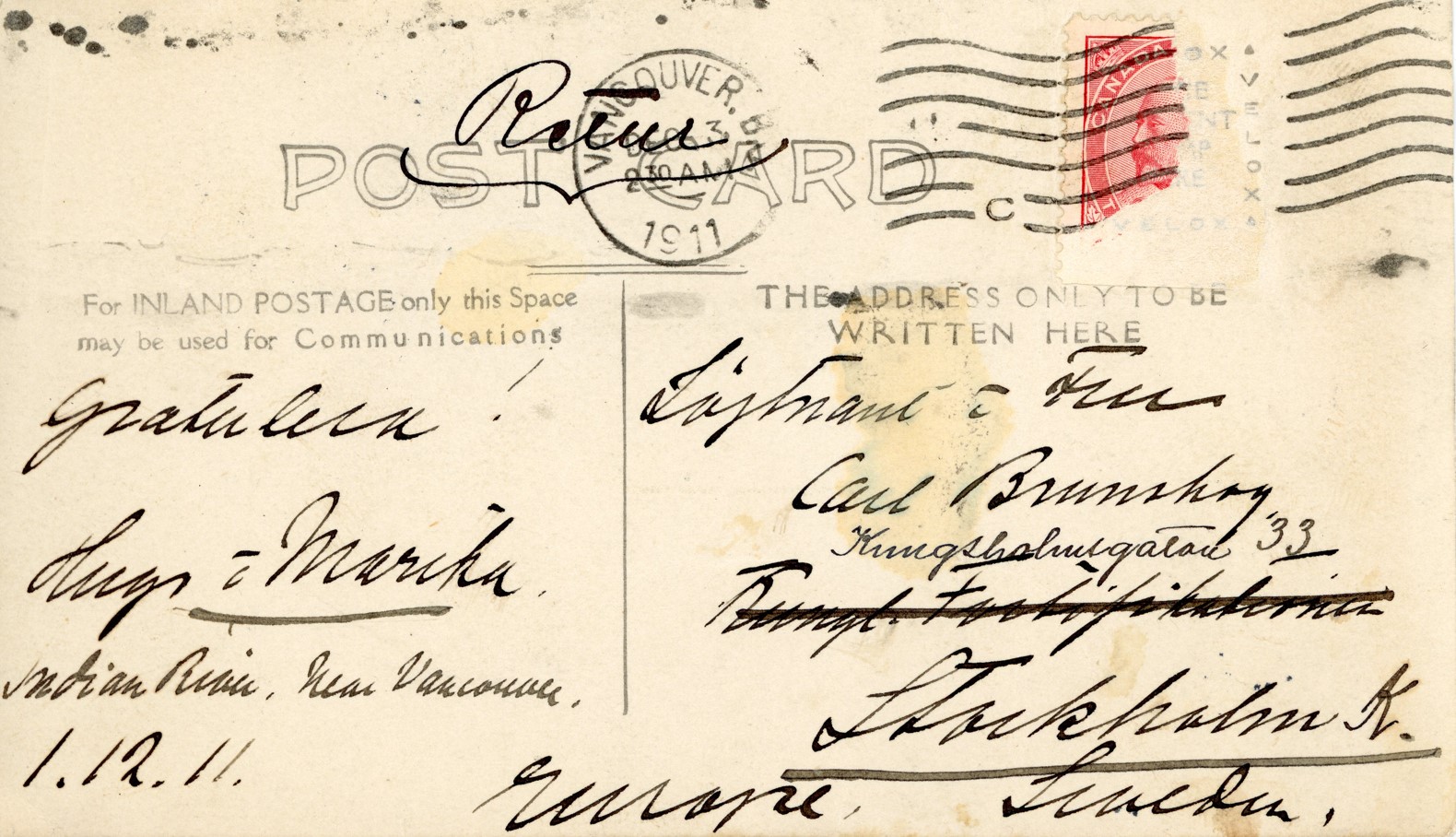
Hugo Claughton-Wallin was born in Sweden in 1879 and worked in Montreal, Ottawa and Vancouver. He wrote several letters to the family telling them of the physically challenging work, hard-earned money and the cold, says Maria.
Marika, who signed the postcard, was Hugo’s wife Marika Topffer, also from Sweden and also born in 1879. The couple had two children who were born in Vancouver in 1910 and 1911—Rigmor Marta and Gilbert Hugo.
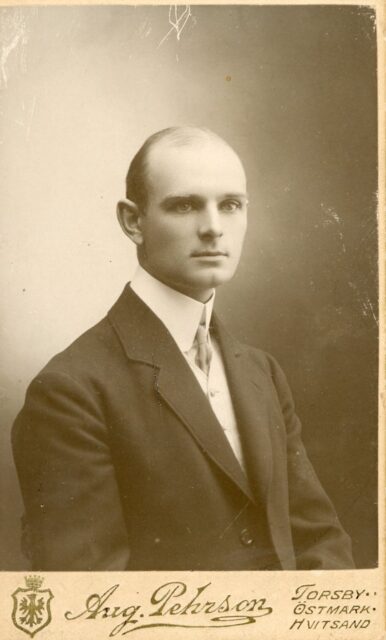
Alvo von Alvensleben:
Hugo and Marika and their two little children would have been at the Wigwam Inn at the same time as Alvo von Alvensleben who owned the Inn until 1914. The son of a German count, he came to Vancouver in 1904 with $4 in his pocket and dreams of finding gold in the Wild West. He was about 10 years too late and ended up fishing for salmon until he made enough money to speculate in property.
Alvo’s story is in At Home with History: The Secrets of Greater Vancouver’s Heritage Homes
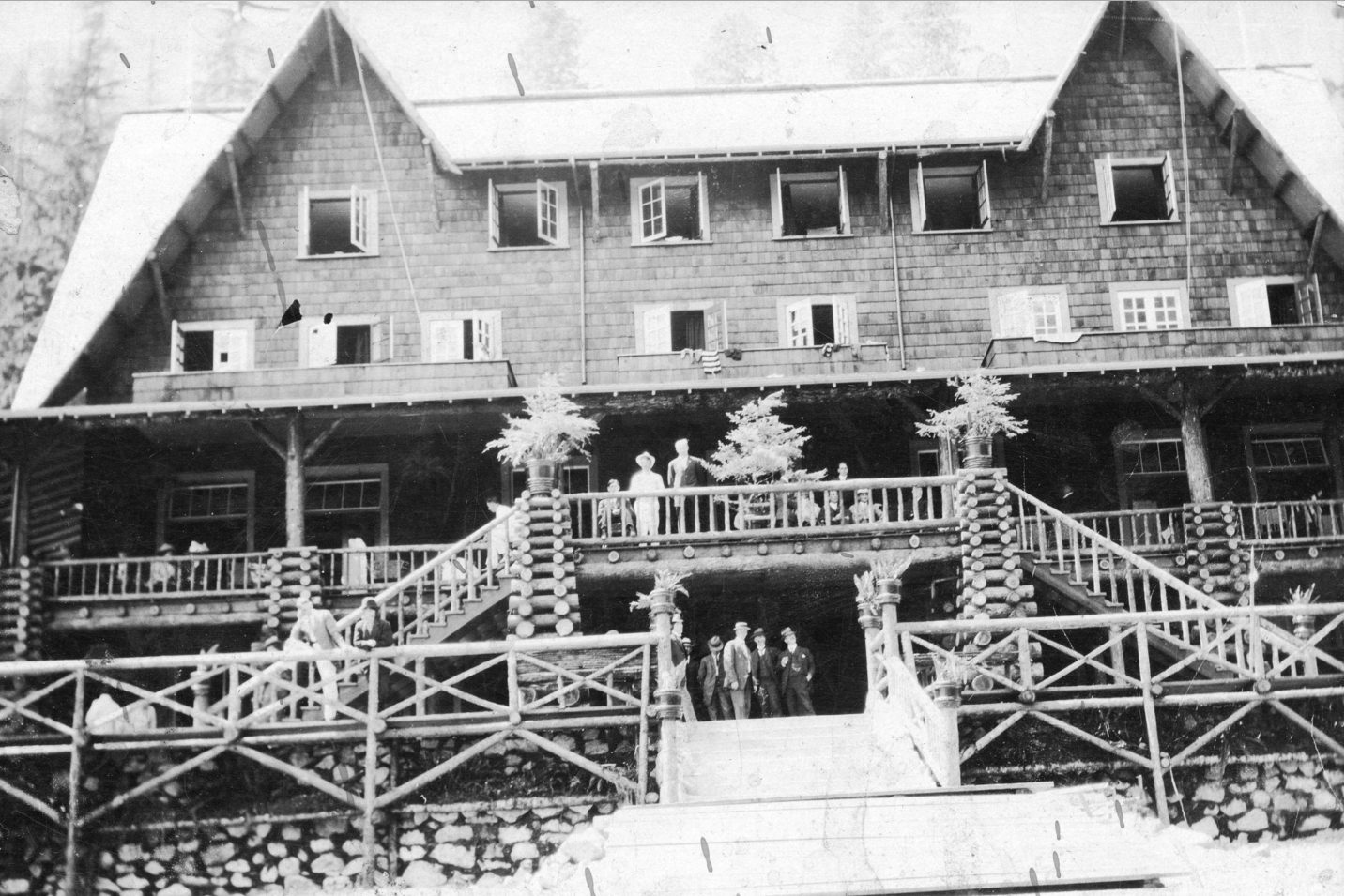
He was wildly successful. Before WW1 he brought millions of dollars of German investment into BC. His family home is now part of the Crofton Girl’s School in Kerrisdale. As well as developing the Wigwam Inn into a luxury resort, he financed the Dominion Building on Hastings Street, and he owned huge tracts of land all over BC, including Pitt Meadows.
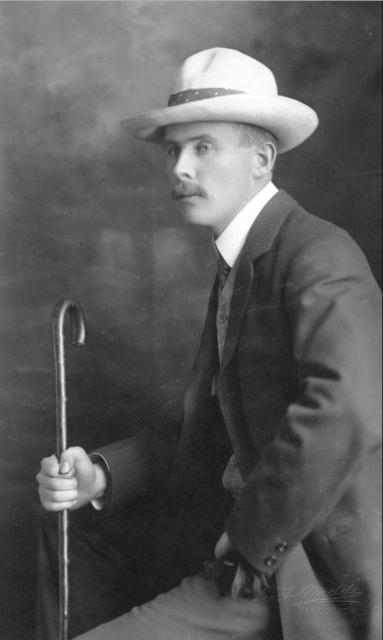
Like many land speculators Alvo went broke in 1913. While he was out of the country the following year, war broke, rumours abounded that he was a spy and he couldn’t return to Canada. The federal government confiscated everything he owned, including of course, the Wigwam Inn.
© All rights reserved. Unless otherwise indicated, all blog content copyright Eve Lazarus.


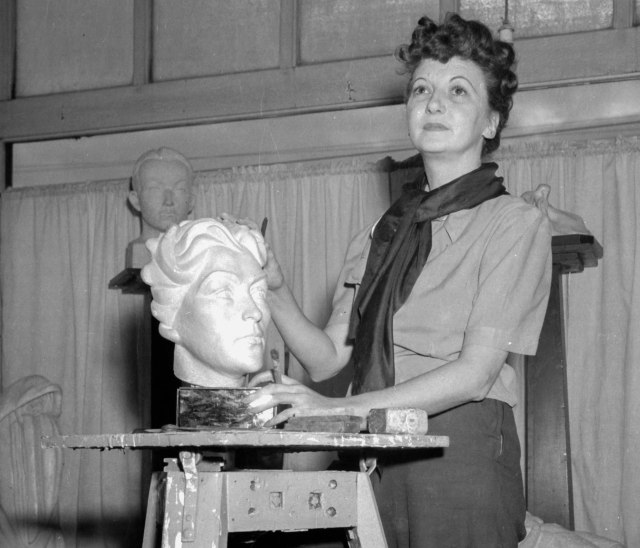
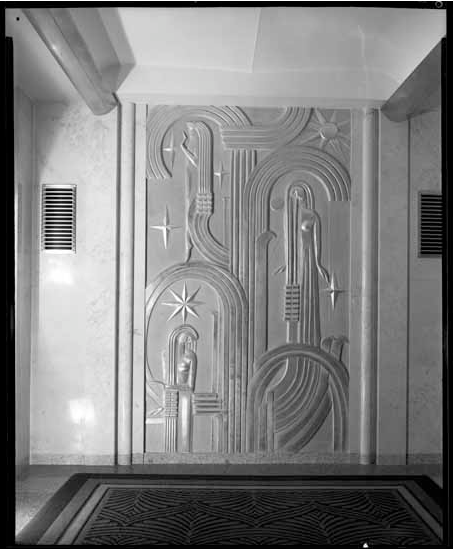
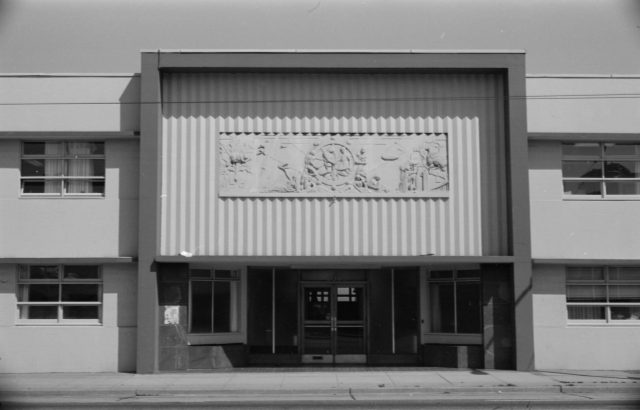
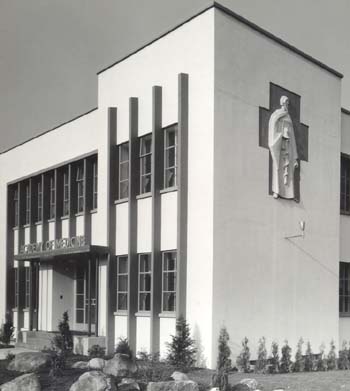
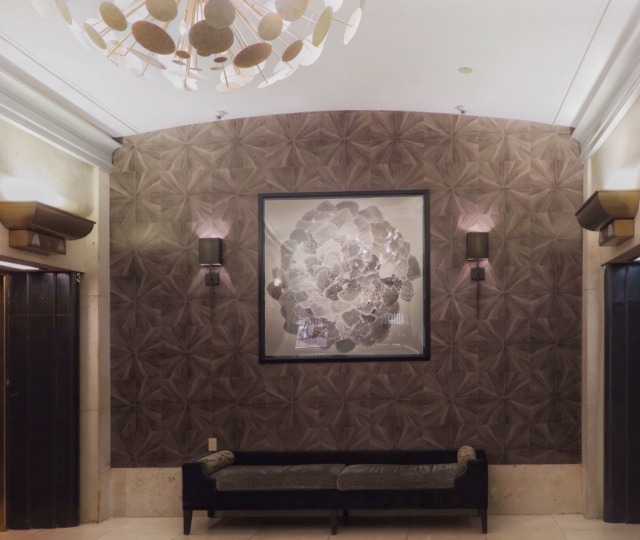
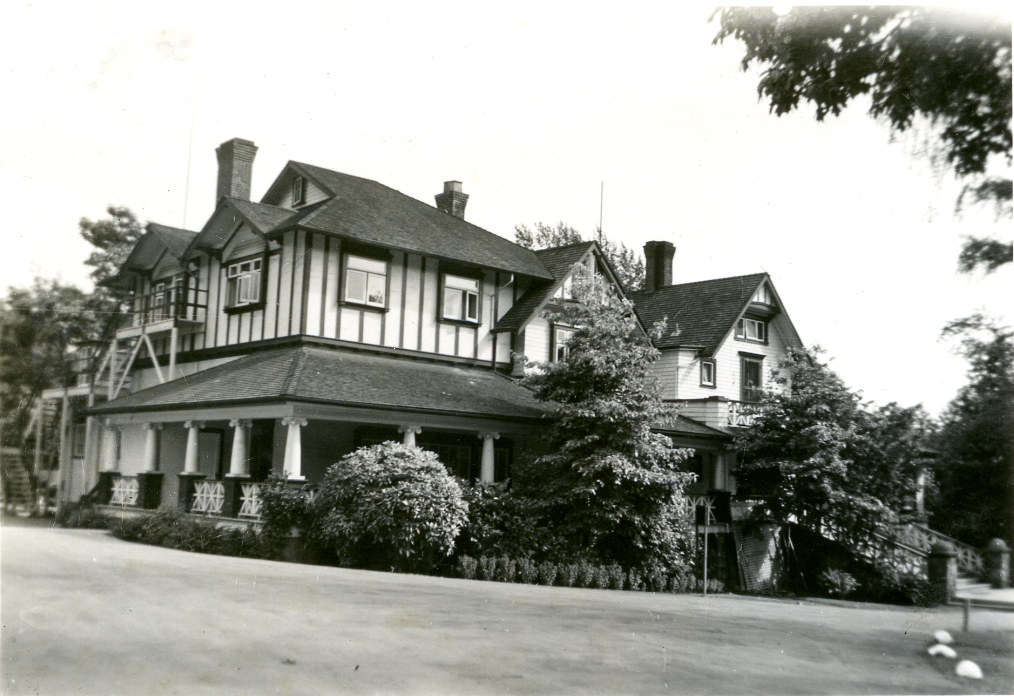
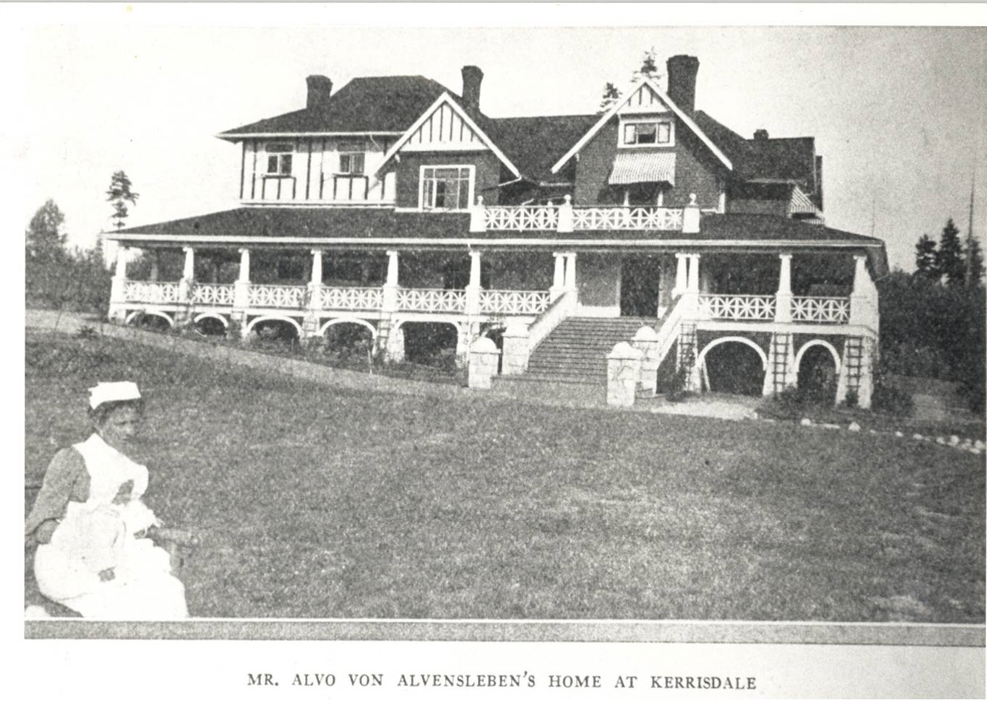
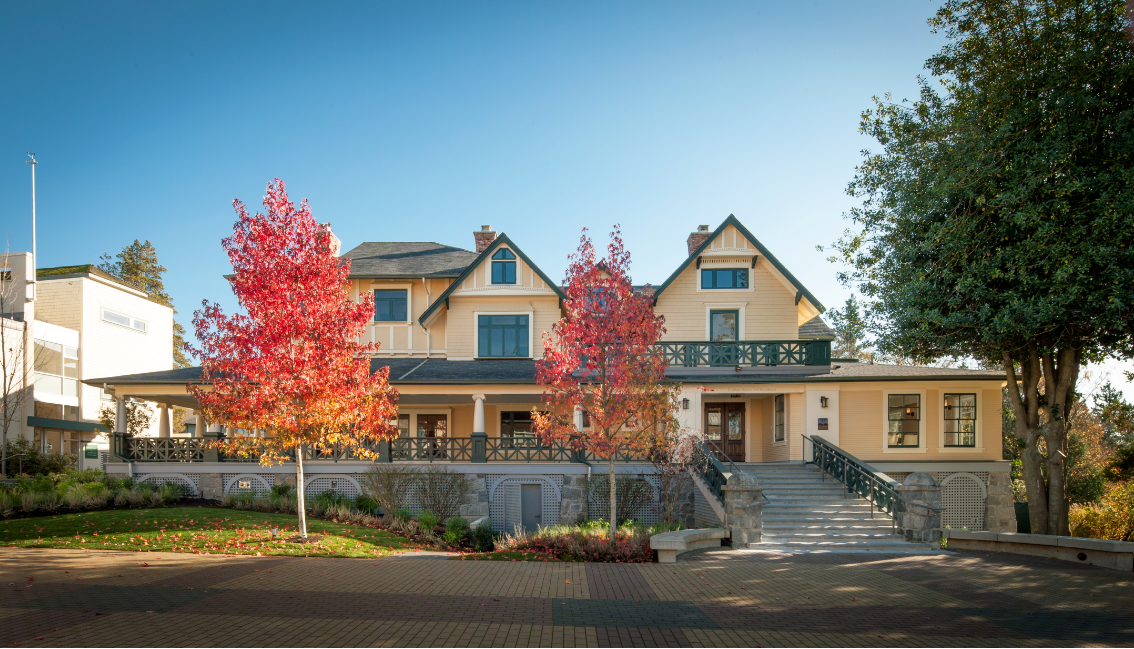
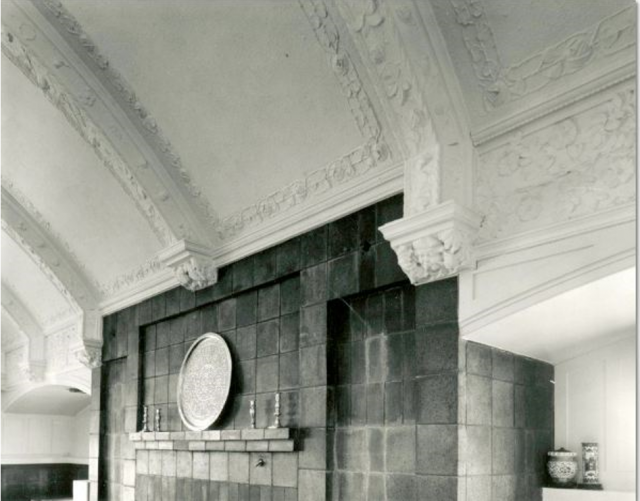
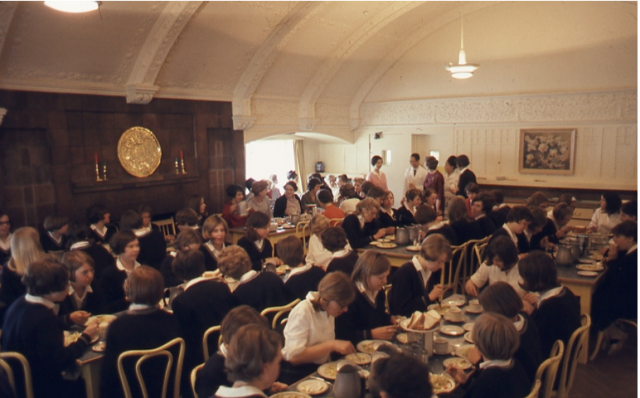

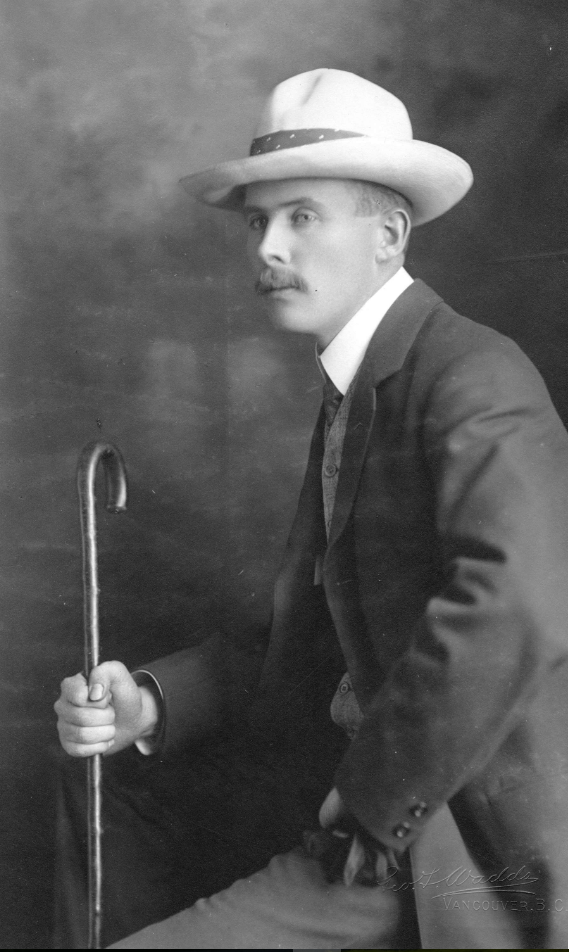
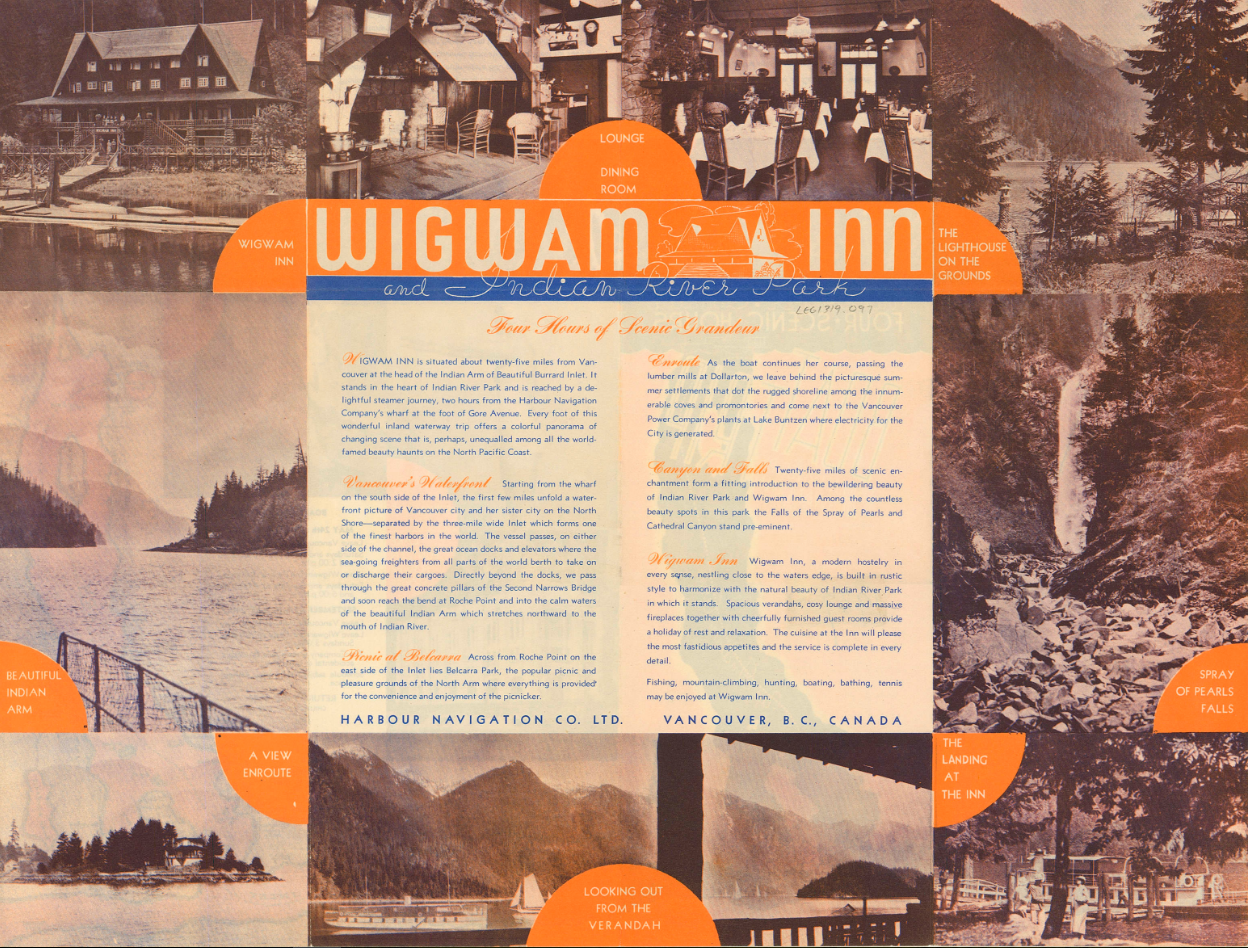
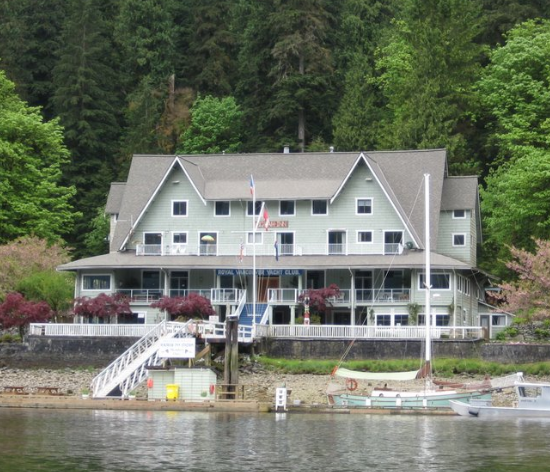
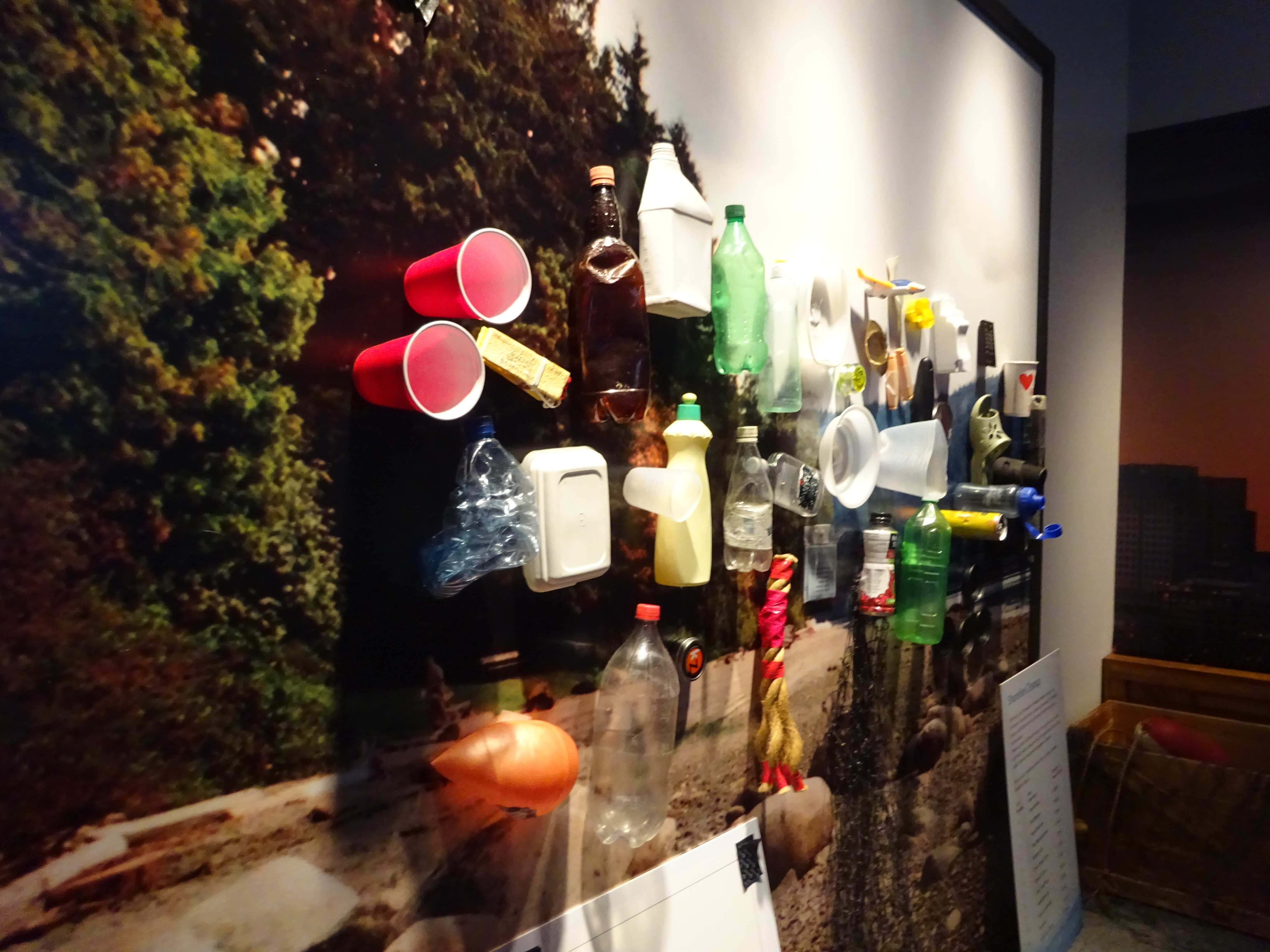

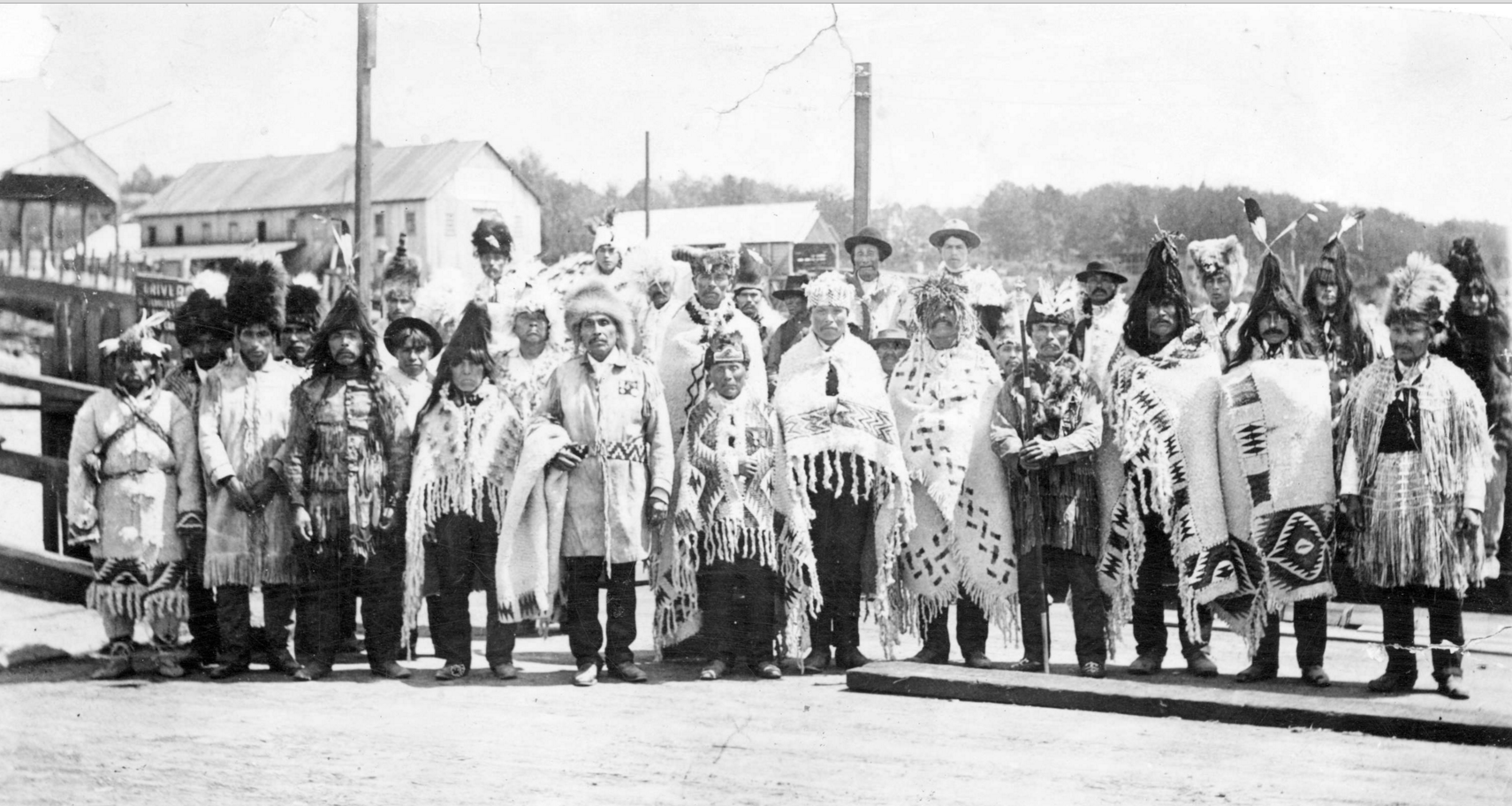
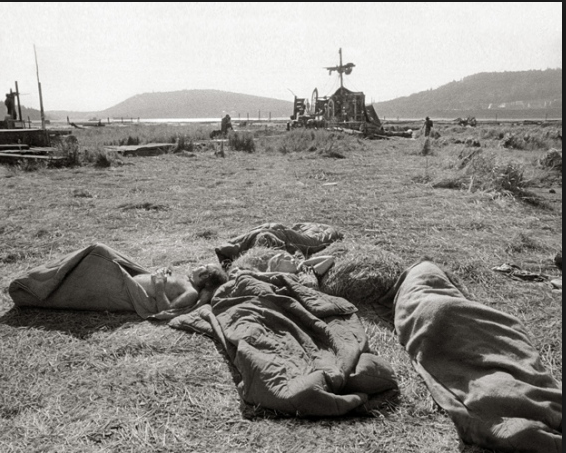
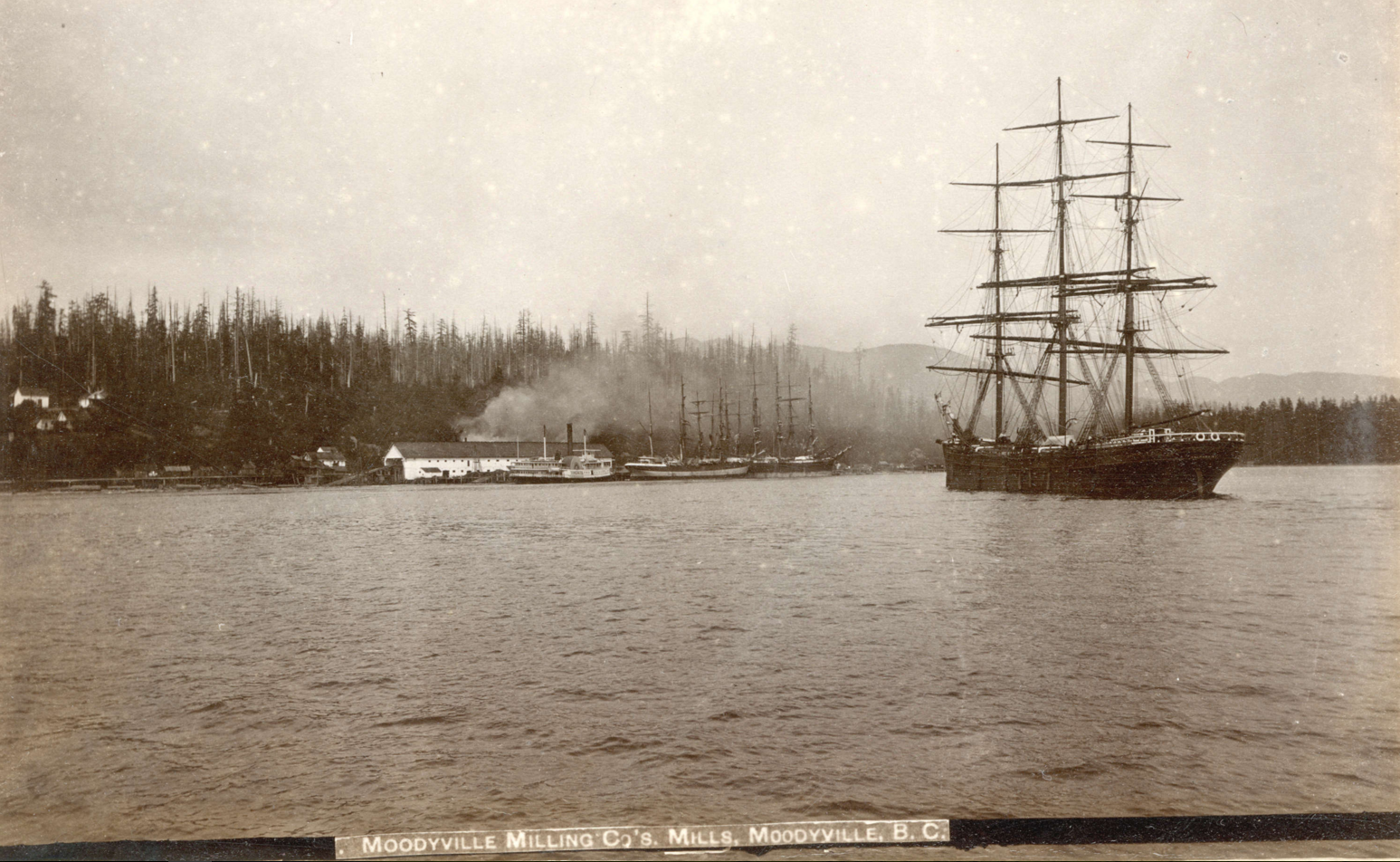
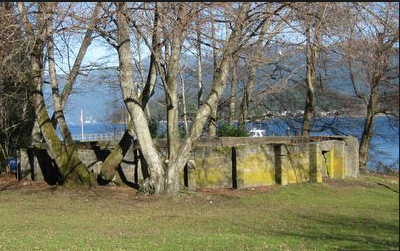
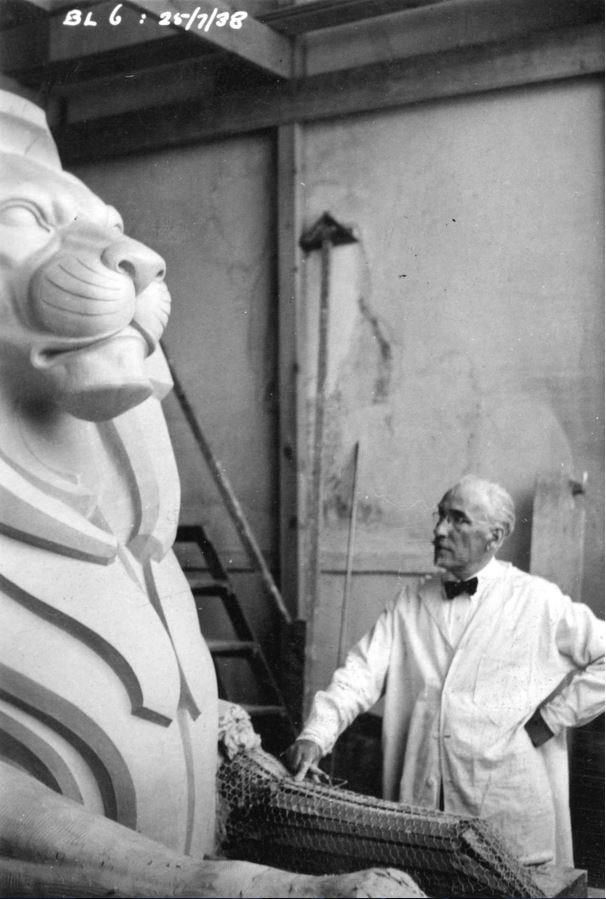
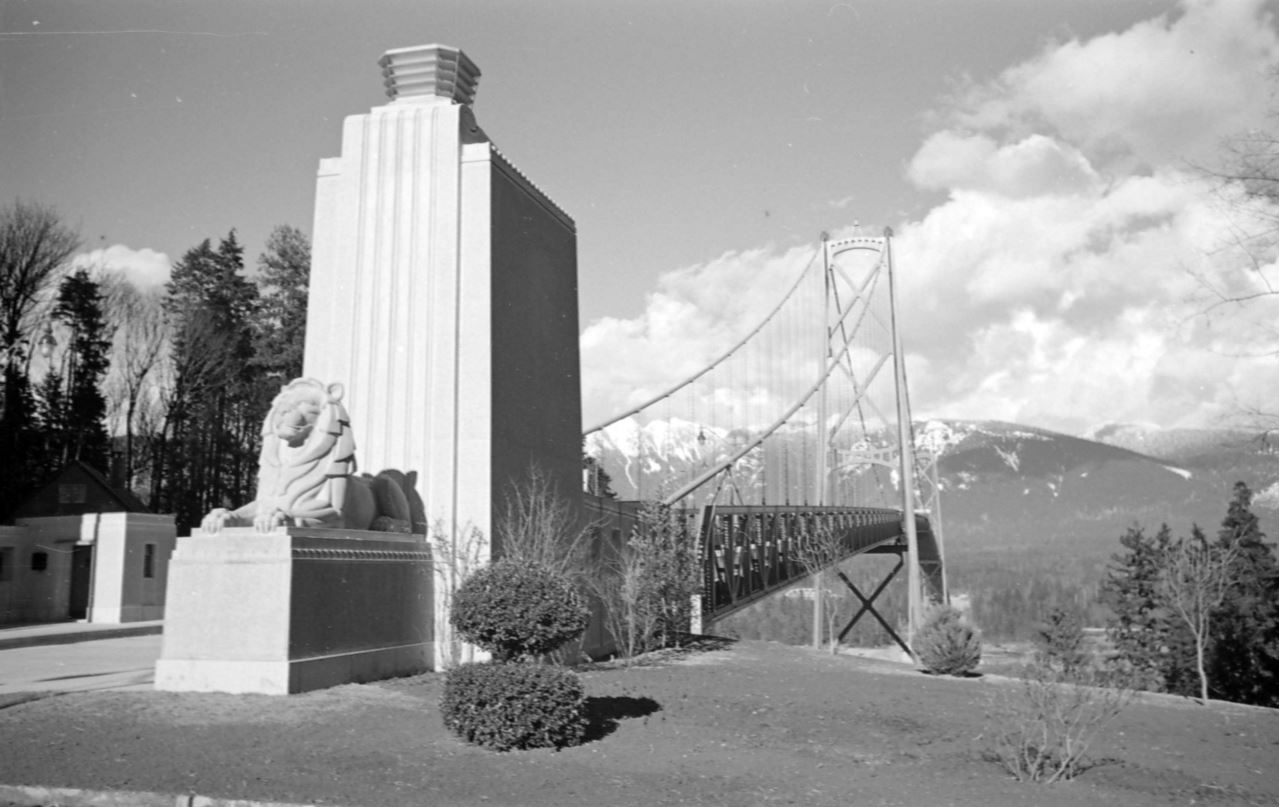
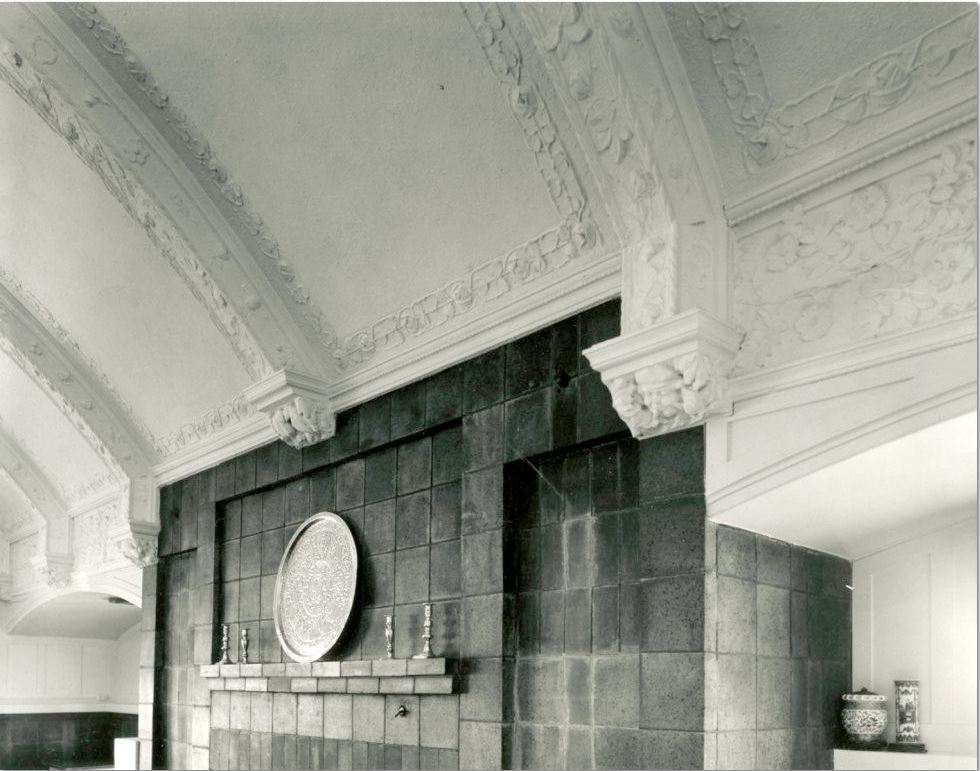
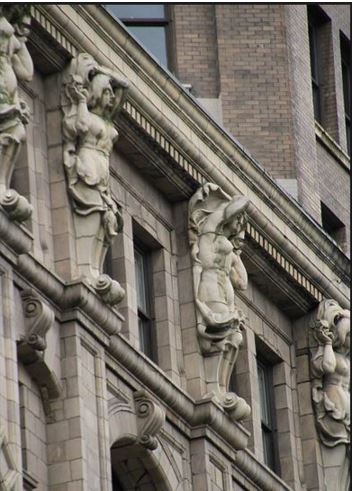 At that point Marega wasn’t very well known, but he had just shocked Vancouver’s sensibilities by carving nine topless terra cotta maidens on L.D. Taylor’s building (now the
At that point Marega wasn’t very well known, but he had just shocked Vancouver’s sensibilities by carving nine topless terra cotta maidens on L.D. Taylor’s building (now the 
